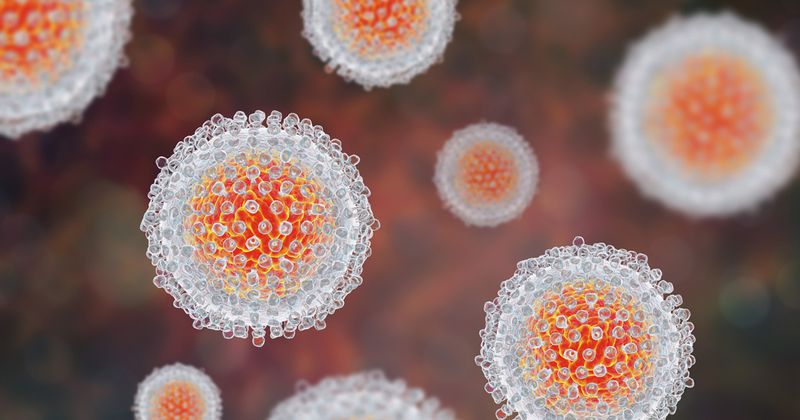1.2 million initiated DAA treatment for HCV between 2014 and 2020
Click Here to Manage Email Alerts
Approximately 1.2 million people in the United States initiated treatment with direct-acting antivirals for hepatitis C virus infection between 2014 and 2020, more than half of whom were baby boomers, according to a study.
“In the U.S., hepatitis C virus infection is a leading cause of chronic liver disease, liver cirrhosis, and liver cancer, with an estimated 2.4 million people living with the infection during 2013 to 2016,” Eyasu H. Teshale, MD, an epidemiologist in the CDC’s Division of Viral Hepatitis, told Healio.

“Beginning in 2013, direct-acting antiviral agents became available to cure hepatitis C and to reduce hepatitis C-related morbidity and mortality,” Teshale said. “Although treatment is recommended for nearly all people with hepatitis C infection, there remains a huge disparity in access to treatment.”
Teshale noted that WHO developed an action plan in 2016 to eliminate HCV as a public health threat by 2030.
“A key element of this elimination plan focuses on expanded treatment access. However, in the U.S., the characteristics of people treated for HCV infection was not well described prior to this analysis.” Teshale said. “We did this study to better understand the characteristics of people who received hepatitis C treatment in the U.S. to strengthen efforts to address disparities and eliminate hepatitis C.”
Teshale and colleagues collected data on DAA use from IMS Health & Quintiles — a prescription claims database that contains DAA prescriptions from 93% of retail pharmacies, 69% of mail order pharmacies and 76% of long-term care pharmacies in the U.S.
The database showed that approximately 843,000 people initiated DAA treatment for HCV between 2014 and 2020. Teshale and colleagues adjusted that total for pharmacies that do not report to the database and added people treated by the Veteran’s Health Administration and estimated that approximately 1.2 million people initiated DAAs during this period — an average of 171,000 each year.
According to Teshale, that falls short of the National Academy of Science, Engineering, and Medicine 2015 estimate that at least 260,000 people should be treated annually to eliminate HCV by 2030.
“What’s more, today this is likely an underestimate of what is needed, given years of undertreatment, coupled with the ongoing increases in new hepatitis C infections driven by the nation’s opioid crisis,” Teshale said.
The study demonstrated that DAA initiation peaked in 2015 and dropped to its lowest point in 2020. Teshale said it is important to remember that the COVID-19 pandemic caused major disruptions in access to HCV testing and treatment services in 2020.
Finally, the study found that approximately 65% of people treated with DAAs from 2014 to 2020 were baby boomers born between 1945 and 1965, although the researchers said the number and proportion of people treated who were born after 1965 have increased in recent years.
“We know that reaching more people with hepatitis C testing and treatment is critical to saving lives and preventing transmission of this deadly but curable infection,” Teshale concluded. “Testing is the first critical step, and treatment can cure more than 90% of hepatitis C cases.”
